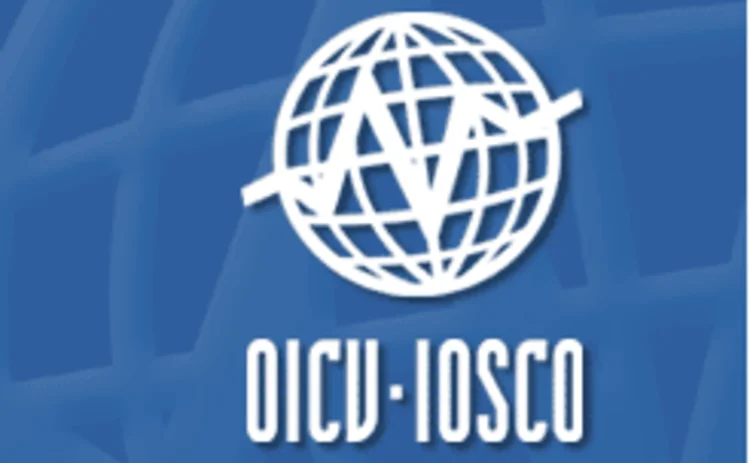
Iosco draws systemic risk roadmap for securities regulators
International Organisation of Securities Commissions sets out ways in which securities authorities can help control systemic risk

The International Organisation of Securities Commissions (Iosco), an international group of securities and futures regulators, on Friday outlined ways in which securities regulators could quash the build-up of systemic risk.
Iosco said securities regulators in future should either have or feed towards a regulatory process to control systemic risk, calling for more internal resources to be allocated to this. Securities regulators should also have or contribute to regular reviews of regulatory
Only users who have a paid subscription or are part of a corporate subscription are able to print or copy content.
To access these options, along with all other subscription benefits, please contact info@risk.net or view our subscription options here: http://subscriptions.risk.net/subscribe
You are currently unable to print this content. Please contact info@risk.net to find out more.
You are currently unable to copy this content. Please contact info@risk.net to find out more.
Copyright Infopro Digital Limited. All rights reserved.
As outlined in our terms and conditions, https://www.infopro-digital.com/terms-and-conditions/subscriptions/ (point 2.4), printing is limited to a single copy.
If you would like to purchase additional rights please email info@risk.net
Copyright Infopro Digital Limited. All rights reserved.
You may share this content using our article tools. As outlined in our terms and conditions, https://www.infopro-digital.com/terms-and-conditions/subscriptions/ (clause 2.4), an Authorised User may only make one copy of the materials for their own personal use. You must also comply with the restrictions in clause 2.5.
If you would like to purchase additional rights please email info@risk.net
More on Regulation
Can Europe’s FRTB refurb bring banks back to Club IMA?
Softening the NMRF regime permanently might have the most impact, but the output floor still hurts
Japan, Basel III and the pitfalls of being on time
Capital floor phase-in delay may be least-worst option for JFSA as US and Europe waver
Gould stands by OCC decision to end exams for reputation risk
Comptroller nominee also blames SVB failure on poor supervision, not tailoring rule
Adapting FRTB strategies across Apac markets
As Apac banks face FRTB deadlines, MSCI explores the insights from early adopters that can help them align with requirements
UBS takes standardised approach for FRTB – for now
Swiss bank is one of the largest to drop internal models; sources say it could switch later
Industry fears Emir 3.0 fast model approval will cause delays
More model changes could be caught by proposed criteria for defining significance
No need for repo clearing ‘cannon’ in Europe, says industry
Observers question rationale for a clearing mandate, calling for clearer incentives
CFTC’s enforcement resolution sprint has no expiration date
But firms that offered settlements in first two weeks will be prioritised for 30-day turnaround







